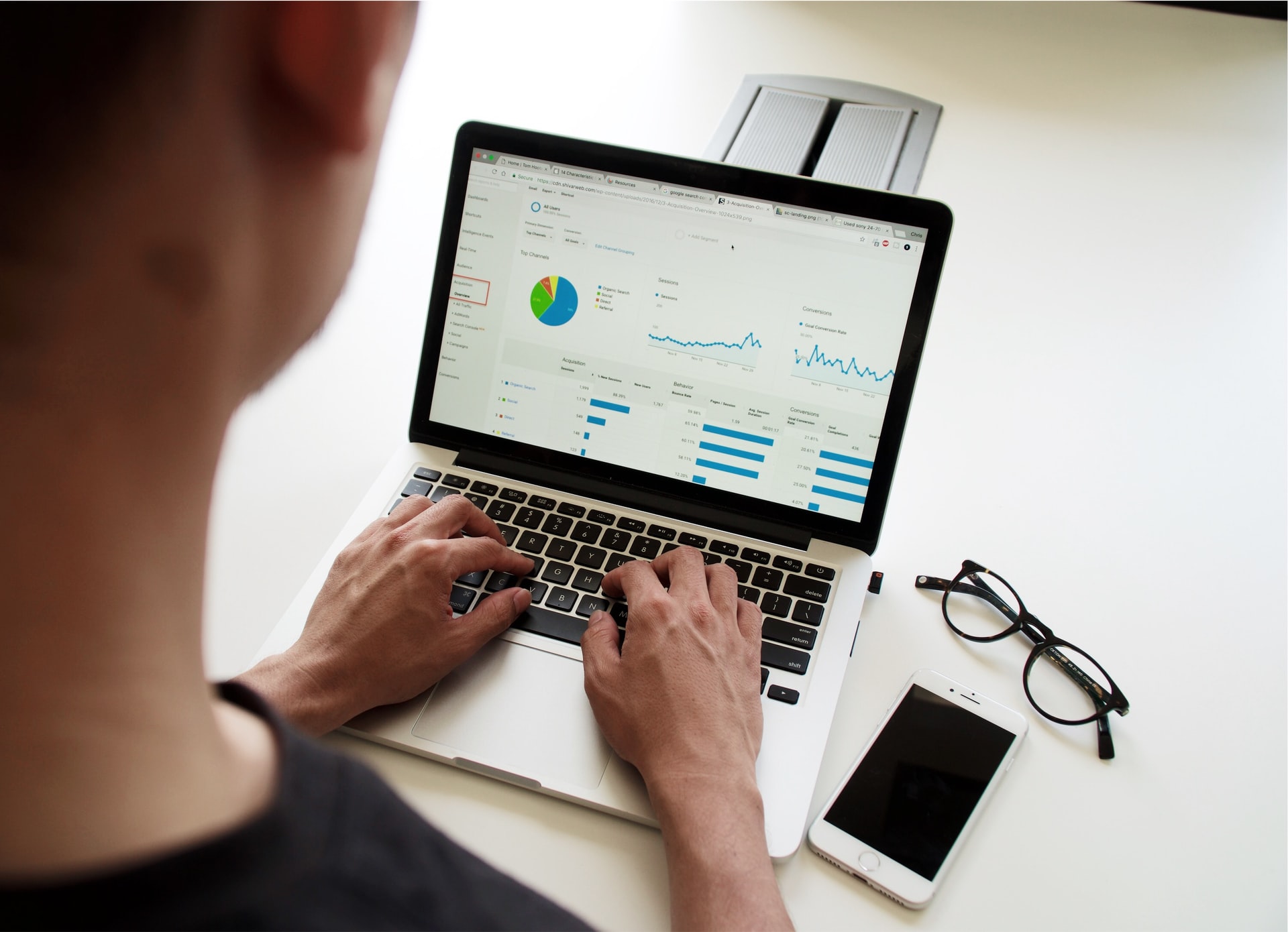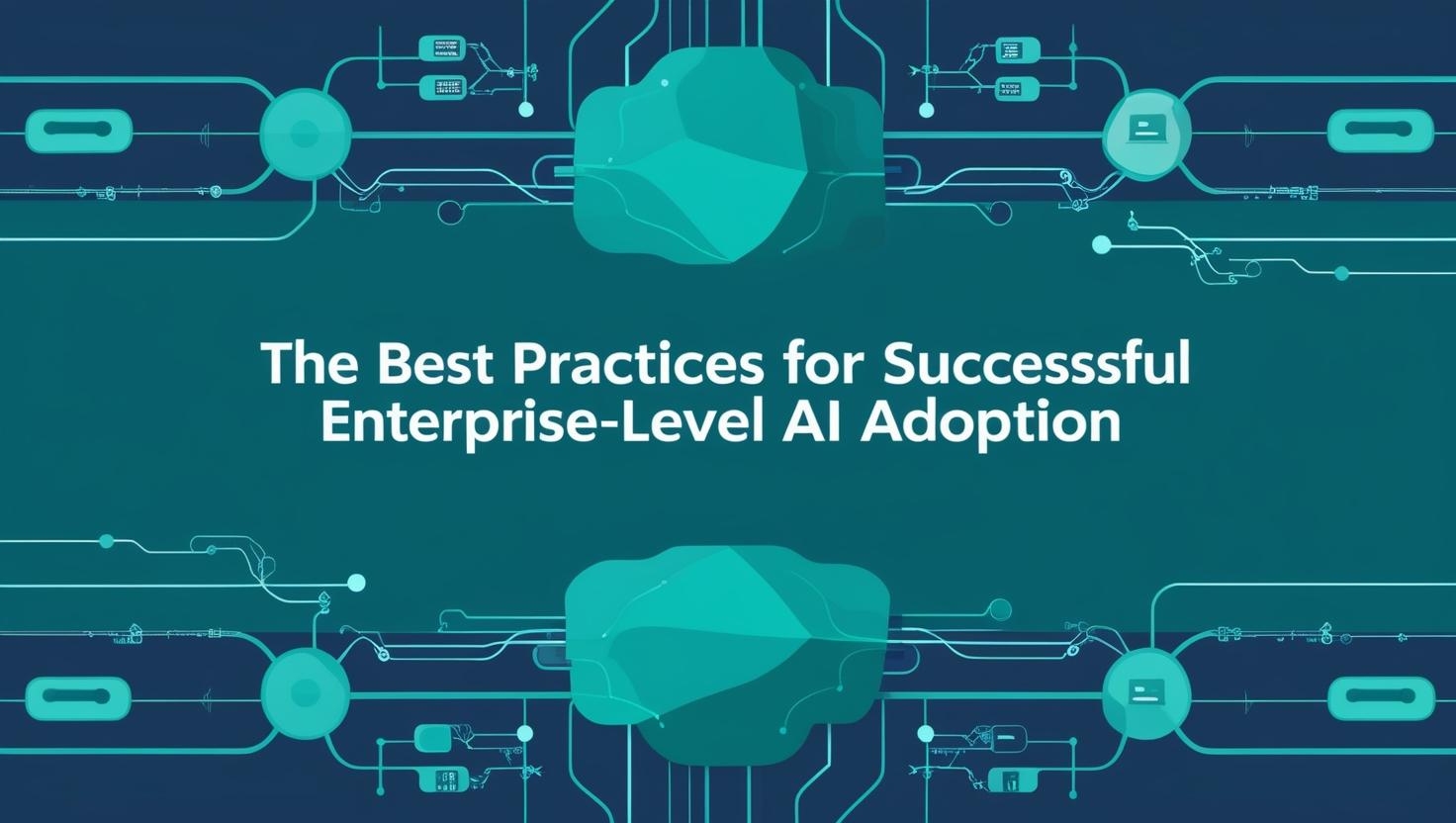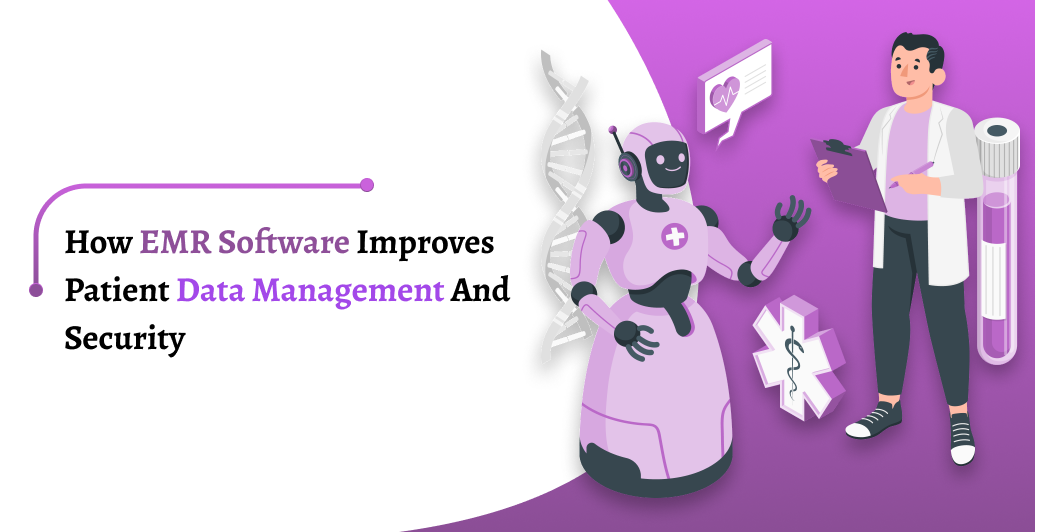The typical image which comes into anyone’s mind when you hear of a word database is of a table structure with each row holding a distinct record and the column headings are corresponding field names.It is another kind of spreadsheet. However, once such data gets too complicated to fit into a single table, we tend to move into a relational database with multiple tables linked by the connected fields.
Setting and the relational databases require someone to have a fair understanding of primary data structures.For example, suppose any new information is getting added, or a new relationship becomes important. In that case, database administrators may need to change their database structure and most likely update the user interfaces.
However, if the need is to have a dataset that you cannot map out of the relationship ahead of time, what will you do? Instead of being connected by a single data point, people can be connected by things that you cannot predict in advance. Maybe there are two people on the same baseball team or like the same type of books or live in the same city. Adding each item as a different field and creating a relationship between them can be a time-consuming affair and a never-ending task for the database administrators. The solution to handle such scenarios is the use of graph databases.
Graph databases
In graph database applications, any of the given data points can be connected to any other data points where these connections can be established at any time as a business user without any need for administrators to rewrite the schema. Graph databases are designed to be scalable and fit well with our times’ big data applications. These are also very fast and allow the users to quickly move along the chain of connectors and gain quicker insights and be more efficient. In other relational database models, if you want to add something or change a given relationship, one has to do a lot of planning. However, graph databases will allow you to add relationships instantly as you move on. To explore graph databases in light of your business DBMS needs, you may consult with the experts of RemoteDBA. Further, let us explore some of the top use cases of graph databases.
See More: How to Activate cnn.com/activate?
Anomalies and fraud detection
Fraud detection is found to be one of the most powerful use cases for graph databases nowadays. A traditional approach to fraud detection relay largely on checklists. This is a very simple approach, which may miss out on the possibility of some subtle fraud attempts. Graph databasesare designed to spot any unusual connections between the transactions, which might also instantly pick them up.
For example, there may be some purchases from various accounts, but all from the same IP address or cluster IP addresses. Another case could be different cash withdrawalsfor the same amount of money from the same neighborhood followed by some cash deposits to another unique account on the same day or so. Such transactions may not raise a red flag in normal automated cases, but a cluster of related transactions may cause concern in a real scenario.
It is not just about shopping or the bank financial transactions related fraud which can be detected this way using graph databases. In terms of cybersecurity of the companies defending themselves from the hackers, they need to look for clusters of connected events in traditional ways. For example, a cybersecurity vendor named Brinqa switch to the Neo4j graph database while the relational databases of the company were reaching the optimum limit of flexibility. With graph databases coming their way, they were able to define the schema on the go. They succeeded in defining the notes and relationship, which they did not have to define upfront. These all can be done as you bring in more data.
Recommendation engine
Sometimes these unusual connections, as discussed above, can be advantageous too. The advanced recommendation engine can suggest books, movies, music,fashion, and other types of production services based on consumer transactions.These can look beyond direct and simple connections to find complicated relations too. As we can assume, people who may buy dog food may also be likely to find good dog collars. Maybe, they are also interested in some comfortable walking shoes or couch slipcovers for their use.
Recommendation engines start to show up in many different places than just streaming apps for eCommerce sites.For example, the fabric consumer data marketplace, which connects the brands with customers, now uses graph databases for reducing the development time of new features, interfaces, and analytics. Graph databases are better than relational databases for about 90% of emerging enterprise projects. Replacing traditional databases with graph databases can also help reduce the need for any middleware. However, it does not mean that this works with every use case alike. For example, graph DBs may be less suited for any heavy-on-write applications where the data has to be queried only a few times throughout the entire lifecycle.
Synchronization of data
There are many privacy regulations like the GDPR of Europe or the Consumer Policy Act of California, which demands the organizations to bring together all the personal data they collected about their customers and delete it on request. Since the companies tend to store all this information in different data sets, it could be challenging to accomplish. For example, wearable device companies, healthcare companies, IUD vendors, and financial firms may need these graphic-based DB technologies.
The graph databases are still in their infancy stage, and there are more and more applications of the same, which will come over in the coming years. The future use cases of graph databases may include advanced machine learning and artificial intelligence applications of the next level. Those will be revolutionizing the way we are handling AI with the data now.These relational databases and graph databases coming together will surely help to build better business systems in the future.




